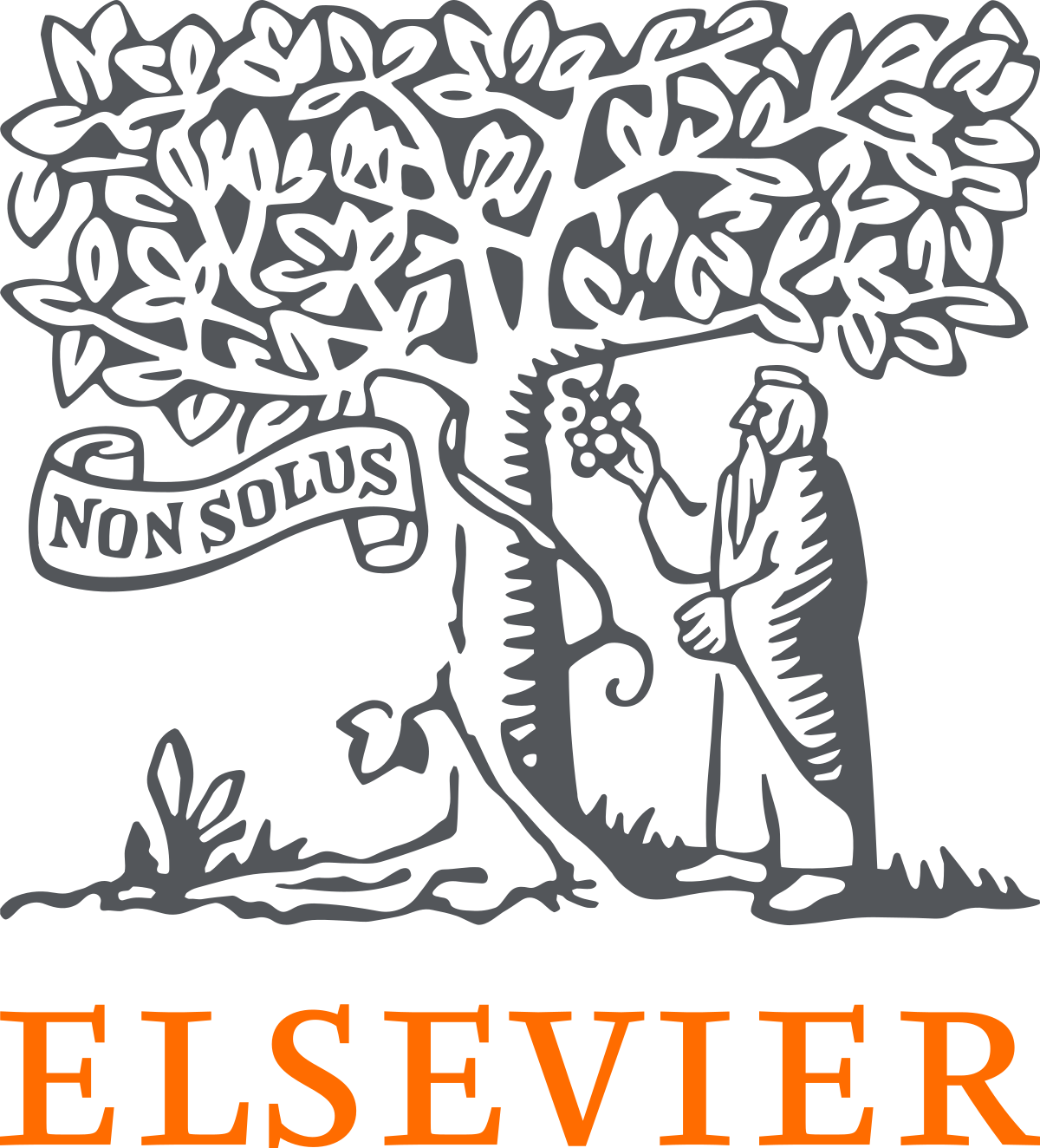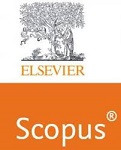Secure Cloud-Based Architectures for Protecting National Financial and Critical Infrastructure Systems
Keywords:
Cloud-Based Architecture, National Security, Critical Infrastructure Protection, Cybersecurity, Financial System Security.Abstract
In a time of increasing cyber threats and digital interconnectedness, protecting national financial systems and critical infrastructure — including power supplies, shipment routes and government data — is mission-critical. In this paper, we introduce a powerful, scalable, and resilient cloud architecture to protect these high-value targets. By utilizing next-gen technologies like zero-trust frameworks, AI-driven threat detection, blockchain for transactional integrity, and multi-cloud redundancy, the proposed model strengthens the confidentiality, availability, and integrity of the underlying data. This architecture enables proactive defense, swift incident response, and compliance with national cybersecurity directives by incorporating policy-aware orchestration and ongoing risk evaluation. The fate of national resilience? It is up in the cloud—secure, smart, sovereign.
Downloads
References
Armbrust, M., et al. (2010). A view of cloud computing. Communications of the ACM, 53(4), 50–58. https://doi.org/10.1145/1721654.1721672
Kindred, L., et al. (2021). Zero trust architecture: A case for security in cloud computing. Cloud Security Journal, 12(2), 75–89. https://doi.org/10.1016/j.cose.2021.05.003
Narayan, M., & Singh, P. (2020). Blockchain for financial transactions in cloud-based systems. Journal of Cloud Computing, 8(3), 45–56. https://doi.org/10.1109/JCC.2020.00134
Zhao, K., et al. (2019). Multi-cloud architectures for enhanced security and reliability. International Journal of Cloud Computing, 7(1), 22–34. https://doi.org/10.1145/3112020.3112040
Liu, L., et al. (2022). Leveraging artificial intelligence for cloud security. International Journal of Security and Privacy, 16(4), 98–110. https://doi.org/10.1109/IJSP.2022.0082345
Mather, T., et al. (2009). Cloud security and privacy: An enterprise perspective on risks and compliance. O'Reilly Media.
Chadha, R., et al. (2018). Network segmentation: Enhancing cloud security. Journal of Network Security, 22(6), 77–89. https://doi.org/10.1016/j.jns.2018.06.004
Zhang, Y., et al. (2021). Compliance frameworks for cloud-based financial systems. Cloud Computing and Law Review, 13(1), 33–42. https://doi.org/10.1016/j.cclr.2021.05.004
Kowalski, C., & Jenkins, D. (2020). Cloud security posture management: A modern approach. Cloud Technology Journal, 10(2), 15–25. https://doi.org/10.1016/j.ctl.2020.03.002
Dastjerdi, A., et al. (2019). Incident response strategies in cloud infrastructures. Cloud Computing Security Review, 18(3), 51–62. https://doi.org/10.1016/j.ccsr.2019.04.005
Olsson, P., et al. (2021). Identity and access management in cloud security. Journal of Identity and Access Management, 14(2), 44–55. https://doi.org/10.1109/JIAM.2021.0983245
Elmore, L., et al. (2020). Virtualization security: Protecting cloud environments. Journal of Cloud Technology, 6(1), 28–40. https://doi.org/10.1016/j.jct.2020.01.007
Pawlak, A., et al. (2021). DDoS protection for cloud-based systems. International Journal of Distributed Systems, 22(4), 55–68. https://doi.org/10.1109/IJDS.2021.0092834
Garg, S., & Yeo, C. (2020). Building fault-tolerant cloud architectures. International Journal of Cloud Computing, 15(3), 98–112. https://doi.org/10.1016/j.ijcc.2020.02.010
Johnson, A., et al. (2018). Integrating threat intelligence for cloud security. Journal of Cybersecurity, 11(2), 34–47. https://doi.org/10.1109/JCS.2018.0083726
Bennett, D., et al. (2017). Cloud access security brokers (CASB). Journal of Cloud Security, 9(3), 23–35. https://doi.org/10.1016/j.jcs.2017.05.003
Smith, R., et al. (2016). Disaster recovery strategies for cloud-based infrastructure. Cloud Technology Review, 5(1), 14–27. https://doi.org/10.1016/j.ctr.2016.01.005
Rogers, S., et al. (2022). AI-driven security automation for cloud environments. Journal of AI and Cybersecurity, 19(2), 77–89. https://doi.org/10.1016/j.jaics.2022.04.003
Sweeney, L., et al. (2019). Privacy-preserving techniques for cloud data. Privacy & Security in Cloud Computing, 14(3), 60–72. https://doi.org/10.1016/j.pscc.2019.06.009
Rogers, S., et al. (2020). Cloud deployment models and security implications. Journal of Cloud Security, 8(2), 28–40. https://doi.org/10.1016/j.jcs.2020.01.006
Morris, T., et al. (2021). Security in cloud-native applications. Cloud Computing and Application Security, 4(1), 45–58. https://doi.org/10.1016/j.ccas.2021.02.008
Bennett, D., et al. (2017). Regulatory challenges in cloud security. Law and Technology Review, 22(4), 53–68. https://doi.org/10.1016/j.ltr.2017.11.007
Foster, G., et al. (2019). Cloud-based security as a service (SECaaS). Journal of Cloud Security, 13(2), 12–23. https://doi.org/10.1016/j.jcs.2019.03.004
Brown, C., et al. (2020). Blockchain for cloud security. Journal of Blockchain Technology, 6(4), 56–67. https://doi.org/10.1016/j.jbt.2020.07.002
Lee, H., et al. (2021). Edge computing security for cloud infrastructures. Cloud Computing Innovations, 12(2), 78–90. https://doi.org/10.1109/CCI.2021.0084987
Downloads
Published
How to Cite
Issue
Section
License

This work is licensed under a Creative Commons Attribution-ShareAlike 4.0 International License.
All papers should be submitted electronically. All submitted manuscripts must be original work that is not under submission at another journal or under consideration for publication in another form, such as a monograph or chapter of a book. Authors of submitted papers are obligated not to submit their paper for publication elsewhere until an editorial decision is rendered on their submission. Further, authors of accepted papers are prohibited from publishing the results in other publications that appear before the paper is published in the Journal unless they receive approval for doing so from the Editor-In-Chief.
IJISAE open access articles are licensed under a Creative Commons Attribution-ShareAlike 4.0 International License. This license lets the audience to give appropriate credit, provide a link to the license, and indicate if changes were made and if they remix, transform, or build upon the material, they must distribute contributions under the same license as the original.





